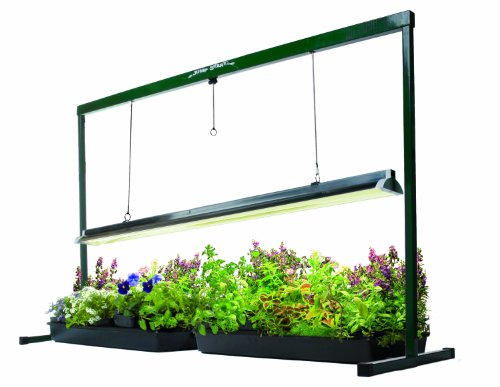Beautiful gardens have for centuries been an important part of landscape design. For your own landscape, you can make a garden that will delight the senses and add value to your home. Though it does require careful planning and some labor, once the work is done youll be able to enjoy your garden for many seasons thereafter. Does this Spark an idea?
Instructions
- 1
Decide which approach you want to take in designing your garden. For the purposes of this tutorial, youll discuss creating a flower garden based on color design. The garden will be more formal; youll create an overall square shape that will include a small tree and bench. Be sure to select an area that receives at least six hours of sunlight a day.
2Prepare the area before any planting can take place. Use an herbicide to kill the grass, then cover the area with black plastic sheeting for at least two to six weeks to ensure the roots are killed off. You can do this in late winter or early spring, when its unlikely therell be any more frosts.
3Draw up a basic plan. For this tutorial, the plan will be three beds to the east, three to the north and three to the west. A small shade tree and bench will close the square at the south end of the garden. Keep the inner rows all one color, the middle rows another color, and the third or outer rows one color. Include two small bushes on the plan that will flank the beds to the north.
4Make a list of all the different kinds of flowers you want to have in your garden. Consider the climate you live in, and the growing season. Choose plants that require a minimum amount of water, if possible, and are environmentally friendly. For example, in the low desert environment of Phoenix, Arizona, flowers such as yellow Dahlias and Desert Marigolds grow to be about 12 inches tall, require a minimum of water, and attract birds. These would be the first row of flowers. For the second row, you may want red flowers. The Blanket Flower or red Cornflower would do well; each grows to about 18 inches tall and, like the yellow flowers, need a minimum of water. For the outer row, the blue-colored Purple Astor, which grows to around 36 inches tall would work well.
5Note that the selections above take height into consideration. Arrange the flowers in your beds so the plants are progressively taller. For the rows of flowers to be most effective in a formal setting they need to be seen as organized and progressive.Choose flowers that have similar water requirements. This will allow you to set your drip system to water all your flowers at the same time. You may want to use a different line for the trees and bushes to accommodate their water needs.
6Consider the bloom times for the flowering plants you wish to use. Its nearly impossible to have all your flowers bloom at the same time. Instead take into account the leaves and structure of the flowers as well. Mix your same color plants so you have at least a few blooms in each row at any given time.
7Remove the plastic film and prepare your soil. What soil amendments you need will depend on the local climate and the types of plants you choose. A general rule of thumb is flowers like nutrient rich, loose soil. Their roots tend to be delicate and compact soil may prevent them from reaching their full height or flowering. Mark out with string or landscape paint where you want to place the flowerbeds. Dig a few inches of compost into your beds and add any other nutrients. Dig the holes for your bushes and tree.
8Install your drip system before planting. For the grounds not used for flowers and plants, you can either add pavers or other stone, or leave as natural ground. If you are installing stone, do it before planting or installing your drip system.
9Plant your bushes, tree and flowers. Be sure to leave enough space between your flowers for growth. To keep your flowers in an even row when planting, use a string. Stretch it across the bed and stake it on either side. Set each plant using the string as your guide.
10Place your bench. Sit down and admire your work.




















